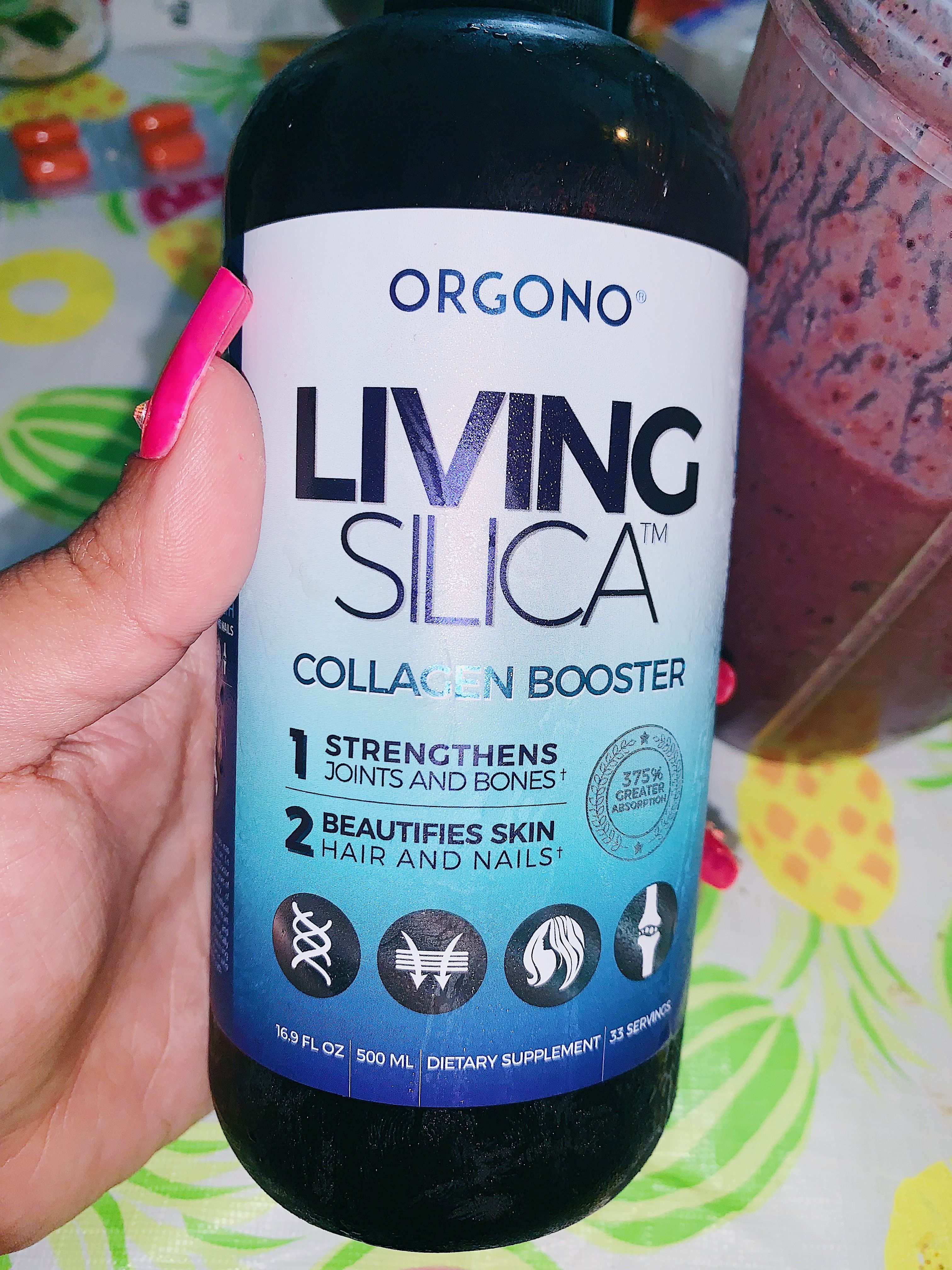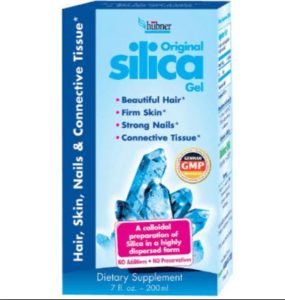

It is believed that silicon bonds with aluminum in food and beverages, thereby reducing the gastrointestinal absorption of aluminum. In studies with rats, 13 silicon was found to prevent the accumulation of aluminum in the brain. In addition to connective tissue and bone health, several other promising health benefits of silicon, such as protection against aluminum toxicity and protection of arterial tissue have been reported.Īs much as aluminum has been found in brain lesions of Alzheimer's patients, several researchers have suggested that aluminum toxicity may be involved in the pathology of Alzheimer's disease and other neurological disorders. 11 The positive results of these studies suggest that silicon supplementation, along with calcium and vitamin D, may be useful in the fight against osteoporosis. 10 In a clinical study of 53 osteoporotic women, silicion supplementation was associated with a significant increase in the mineral bone density of the femur. 9 Animal models for osteoporosis using estrogen deficient rats demonstrate that silicon supplementation can prevent bone loss. 8 On the other hand it was shown in vitro that silicon compounds stimulate the DNA synthesis in osteoblast-like cells. Studies with animals indicate that silicon supplementation reduces the number of osteoclast cells, thus partially preventing bone reabsorption and bone loss.

Bone loss occurs generally with aging, but a clear acceleration occurs during menopause or following a failure or removal of the ovaria, which leads to estrogen deficiency. (Bone minerals are dissolved and organic bone matrix components such as collagen are digested by the action of of osteoclast cell.) Osteoporosis occurs when there is a low rate of bone formation and a high rate of bone reabsorption, thus leading to a decline in bone mineral density and a decreased mechanical strength of the bone. Bone is a dynamic, living tissue system that balances bone formation by osteoblast cells and the ongoing reabsorption of bone tissue by osteoclast cells. Silicon plays an ongoing role in maintaining bones after their formation. 7 Silicon's regulatory action in bone calcification and its vital role as a structural component of connective tissue are the reasons for silicon's classification as an essential trace element in animal and human nutrition. Therefore, it has been concluded that silicon acts as a regulating factor for the deposition of calcium and phosphorous in bone tissue. In other words, the more "mature" the bone tissue, the lower the silicon concentration in the bone. As the bone matures, the silicon concentration declines and deposits of calcium and phosphorous are formed simultaneously. Silicon is a major ion in osteogenic cells, which are the bone-forming cells in young, uncalcified bone. The amino-sugar glucosamine, which is also needed for the biosynthesis of GAGs, has been clinically proven to be effective in the treatment of arthritis.6 Given silicon's chemical association with GAGs, it seems that the combination of both glucosamine and silicon could have a complementary therapeutic value in the treatment of arthritis and other related connective tissue diseases.īone is actually a special type of connective tissue. Silicon is believed to stabilize the glycosaminoglycan network. 3,4 Silicon's most popular use is as a nutritional supplement to strengthen not only the bones and connective tissues, but also hair, nails and skin.Ĭonnective tissue is composed of cells which produce the fibrous protein matrixes of collagen and elastin, as well as the hydrated (water retaining) network of amino-sugars called glycosaminoglycans (GAG) or muco- polysaccharides (MPS). Detailed biochemical analysis revealed that silicon is an essential nutrient for the structural integrity and development of connective tissue. These experiments demonstrated that nutritional silicon deficiency causes skeletal deformities such as abnormal skull and long bone structure, as well as poorly-formed joints with decreased cartilage content.

The biological requirement for silicon was first demonstrated by Edith Carlisle and Klaus Schwarz 1,2 in experiments with rats and chickens that were fed silicon-deficient diets.
#SILICA IN VITAMINS FREE#
The silicon in tissues is usually bonded to glycoproteins such as cartilage, whereas the silicon in blood is almost entirely found as either free orthosilicic acid or linked to small compounds. The human body contains approximately 7 grams of silicon, which is present in various tissues and body fluids. Here are some of the latest findings on this overlooked mineral. Including silicon in your diet may boost the benefits of calcium, glucosomine and vitamin D.
#SILICA IN VITAMINS SKIN#
Silicon, an abundant trace mineral in nature is proving to be an essential ingredient for stronger bones, better skin and more flexible joints.


 0 kommentar(er)
0 kommentar(er)
